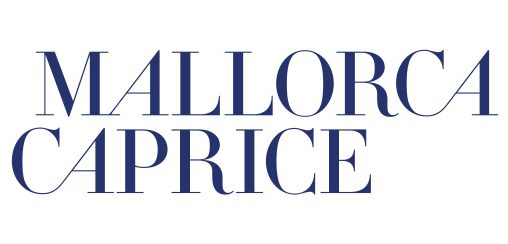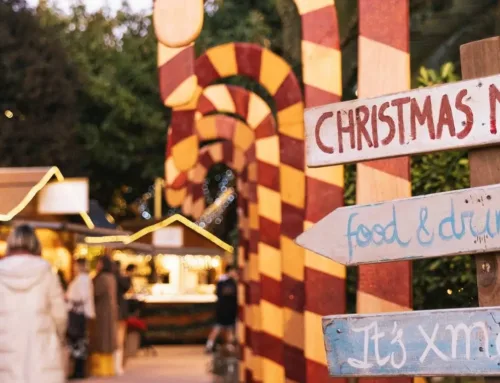Seahorses in Mallorca, as in the rest of the Mediterranean, are under threat. It is estimated that the population of the common seahorse (Hippocampus hippocampus) has fallen by between 25% and 30% in Mediterranean waters.
Faced with this situation, the “Cavallets de mar Balears” project was born in 2022, promoted by the Palma Aquarium Foundation and Banca March. The project aims to facilitate the reproduction of Mediterranean seahorses in a controlled artificial environment. Once this objective has been achieved, the breeding and feeding phase will be carried out, after which they will be reintroduced into their natural habitat. According to the project’s promoters, seahorse hatchlings measure approximately one centimetre. Being so small and light, they require very special care.
This programme, which will last two years, aims to strengthen the seahorse population in Mallorca.
Where to see seahorses in Mallorca
Seahorses are not an easy species to see in Mallorca. Places such as the beach of s’Illot, in Alcúdia, announce the possible presence of these specimens. However, the most common way to see them is through scuba diving. The monitors, according to their experience, know the best places to see these seahorses in Mallorca. To name but a few, natural reserves such as El Toro or the Cabrera National Park could be mentioned.
Mediterranean seahorses
Hippocampus guttulatus are the seahorses that inhabit Mallorca. It is a species of marine fish belonging to the Syngnathidae family. These fish are known for their unique and fascinating appearance. Their habitat includes coastal areas with marine vegetation, such as posidonia oceanica meadows and algae. They are small animals, usually no more than 15 centimetres in length.
Like other seahorses, Hippocampus guttulatus have some unique features in their biology and behaviour. For example, they are upright swimming fish, with a prehensile tail that allows them to cling to objects in the water, such as seaweed stems. They also have a special breeding system, in which the male carries fertilised eggs in an incubator bag until they hatch.
Unfortunately, many seahorse species, including the seahorse in Mallorca, face threats due to habitat degradation, by-catch and illegal trade for the exotic pet market. This has led to declining populations in some areas and conservation concerns.








Leave A Comment